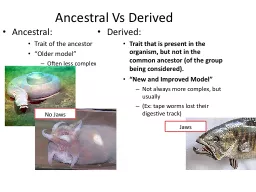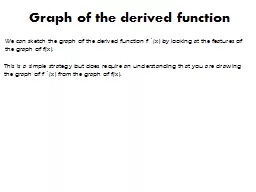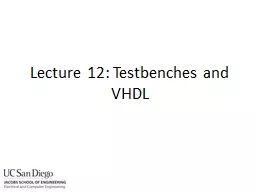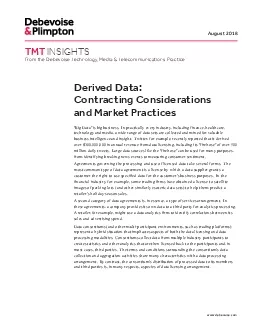PPT-These slides and others derived from Shawn Bohner, Curt Cli
Author : conchita-marotz | Published Date : 2017-10-14
Alex Lo and others involved in delivering 374 CSSE 374 More GRASPing for Object Responsibilities Q1 Steve Chenoweth Office Moench Room F220 Phone 812 8778974
Presentation Embed Code
Download Presentation
Download Presentation The PPT/PDF document "These slides and others derived from Sha..." is the property of its rightful owner. Permission is granted to download and print the materials on this website for personal, non-commercial use only, and to display it on your personal computer provided you do not modify the materials and that you retain all copyright notices contained in the materials. By downloading content from our website, you accept the terms of this agreement.
These slides and others derived from Shawn Bohner, Curt Cli: Transcript
Download Rules Of Document
"These slides and others derived from Shawn Bohner, Curt Cli"The content belongs to its owner. You may download and print it for personal use, without modification, and keep all copyright notices. By downloading, you agree to these terms.
Related Documents














